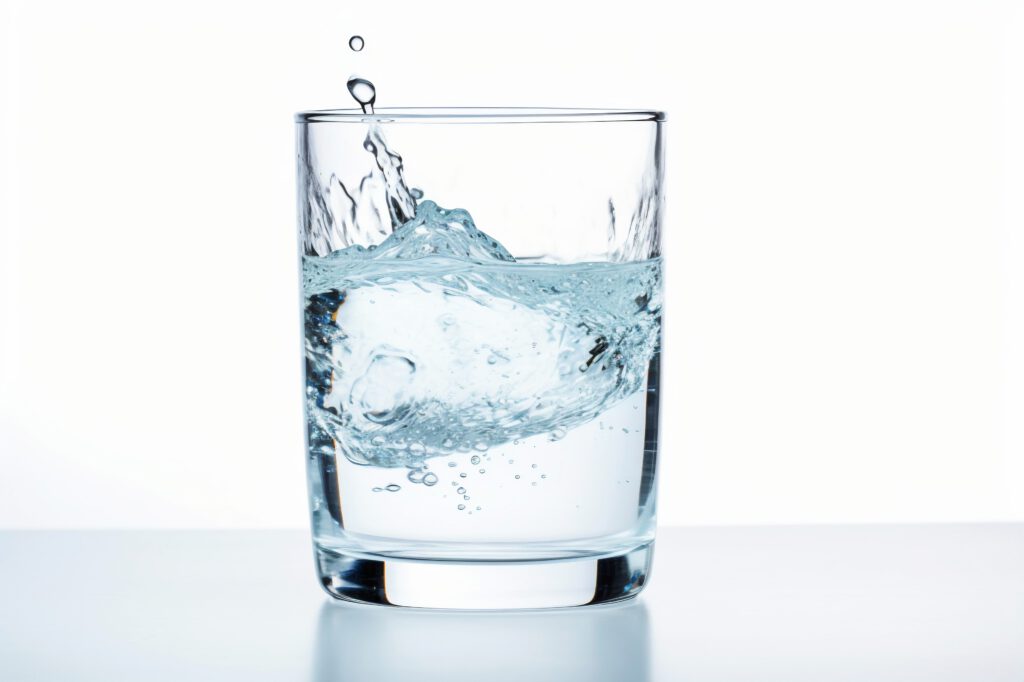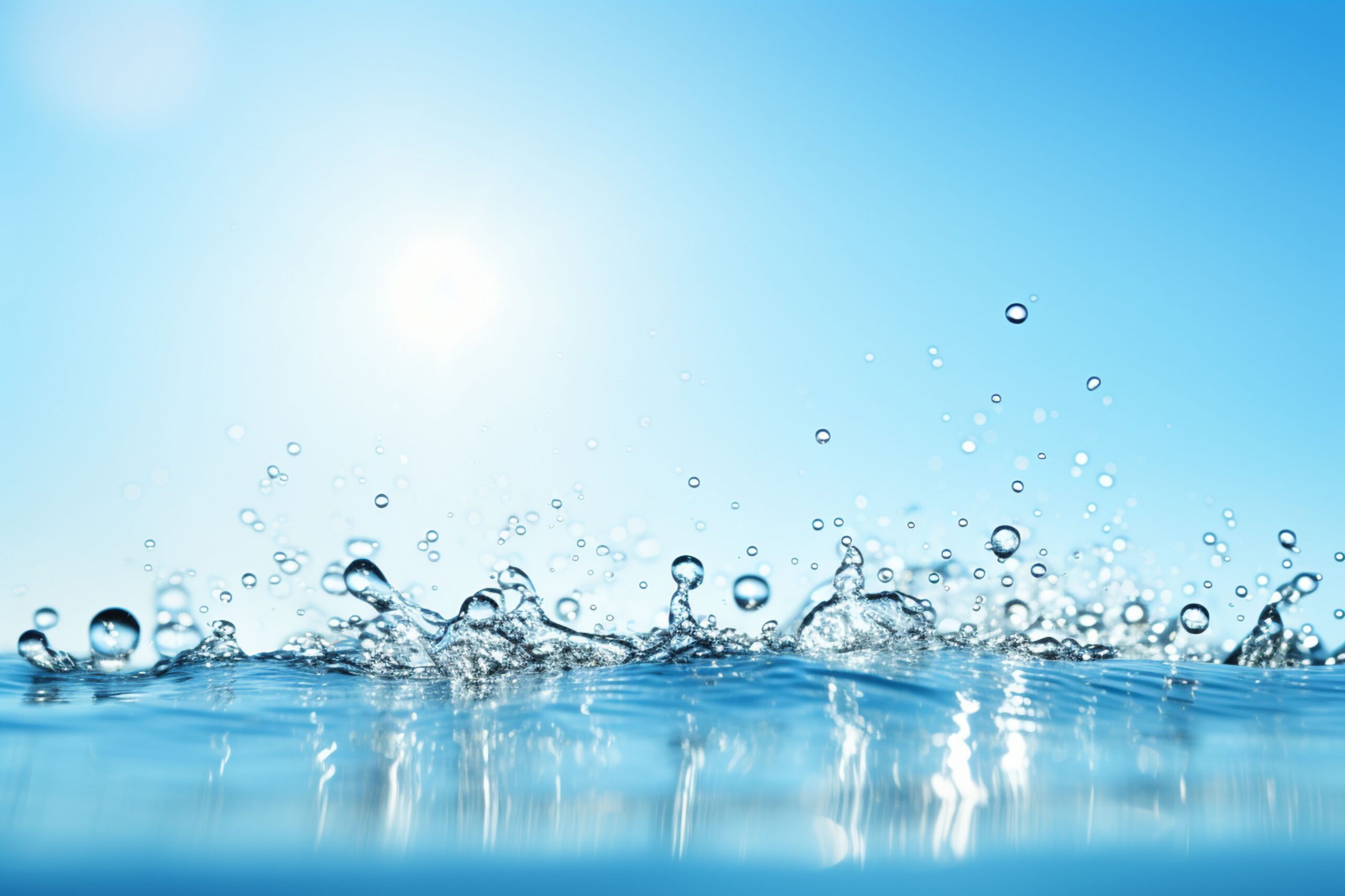A filtered water dispenser is an invaluable appliance in many homes and offices, providing easy access to clean and refreshing drinking water. Many families choose a drinking water dispenser to ensure they have easy access to clean and filtered water at home. However, like any appliance, it requires regular maintenance to ensure optimal performance and longevity. Proper maintenance not only improves the quality of the water you consume but also enhances the lifespan of the dispenser itself. In this article, we will explore essential tips for maintaining your filtered water dispenser, including guidance on filter replacement, cleaning, and troubleshooting common issues.
Understanding Your Filtered Water Dispenser
Before diving into maintenance tips, it’s important to understand how your filtered water dispenser works. Most dispensers are equipped with a filtration system designed to remove contaminants from tap water, improving taste and safety. The effectiveness of this system relies heavily on the quality of the filters used and the regularity with which they are maintained.
1. Regular Filter Replacement
One of the most critical aspects of maintaining your filtered water dispenser is ensuring that the filters are replaced regularly. Over time, filters can become clogged with contaminants and lose their effectiveness. Here’s how to manage filter replacement:
a. Know Your Filter Type
Different dispensers use various types of filters, including activated carbon, reverse osmosis, and ceramic filters. Familiarize yourself with the specific type of filter your dispenser uses, as this will determine the replacement schedule and compatibility.
b. Follow Manufacturer Guidelines
Refer to the manufacturer’s instructions for recommended filter replacement intervals. Most filters need replacing every 6 to 12 months, but this can vary based on usage. For example, households with heavy water usage may need to replace filters more frequently.
c. Keep Track of Replacement Dates
Maintain a schedule for filter replacements. You can use a calendar reminder or a note on your phone to alert you when it’s time to change the filter. Some dispensers even have built-in indicators that signal when a filter needs replacing.
d. Purchase Quality Filters
Always opt for high-quality, compatible filters for your dispenser. Using generic or subpar filters can compromise water quality and potentially damage your unit. Buy from reputable suppliers and check for certifications.
2. Cleaning the Dispenser

Regular cleaning is essential for maintaining both the hygiene and functionality of your filtered water dispenser. Here are some tips for effective cleaning:
a. Unplug and Empty the Dispenser
Before cleaning, always unplug the dispenser and empty any remaining water. This ensures safety and makes it easier to access all areas that need cleaning.
b. Use Mild Cleaning Solutions
Avoid harsh chemicals that can leave residues or damage the dispenser. Instead, use a mixture of warm water and mild dish soap or a vinegar solution (equal parts water and vinegar) to clean the surfaces of the dispenser.
c. Clean External Surfaces
Wipe down the exterior of the dispenser, including the spigot and any buttons or controls. Pay special attention to areas that may harbor bacteria, such as the spigot, which can be a common source of contamination.
d. Disinfect Internal Components
If your dispenser has a removable reservoir, clean it thoroughly with the cleaning solution. For units without removable parts, use a cloth dampened with the cleaning solution to wipe down internal surfaces as best as you can. Rinse thoroughly with clean water to remove any cleaning solution residues.
e. Allow to Dry
After cleaning, ensure all components are completely dry before reassembling and plugging the dispenser back in. This helps prevent mold and mildew growth.
3. Troubleshooting Common Issues
Despite regular maintenance, issues can occasionally arise with your filtered water dispenser. Here are some common problems and troubleshooting tips:
a. Water Tastes or Smells Bad
If you notice an unpleasant taste or odor from the water, it may be due to a clogged filter or a lack of cleaning. Check the filter and replace it if necessary, and ensure the dispenser has been cleaned properly.
b. Slow Water Flow
A slow water flow can indicate a clogged filter or air trapped in the system. Replace the filter if it’s nearing the end of its lifespan. If the issue persists, try purging air from the system by running the dispenser for a few minutes.
c. Leaking Water
If your dispenser is leaking, check for loose connections or damaged seals. Ensure that the reservoir is correctly seated and that any hoses are securely attached. If the problem continues, consult the manufacturer or a technician for further assistance.
d. Error Messages
Some modern filtered water dispensers come with digital displays that may show error messages. Refer to the user manual for guidance on troubleshooting specific error codes. Resetting the dispenser or performing a simple power cycle may also resolve the issue.
4. Regular Inspections
In addition to routine cleaning and filter replacement, conducting regular inspections can help identify potential issues before they escalate.
a. Check for Mineral Build-Up
If you live in an area with hard water, mineral deposits may accumulate in your dispenser. Regularly inspect and clean these areas to prevent clogs and ensure smooth operation.
b. Monitor Water Quality
Keep an eye on the taste, odor, and clarity of the water. Any changes could signal a need for immediate cleaning or filter replacement.
c. Inspect Hoses and Connections
Periodically check the hoses and connections for wear and tear. Replace any damaged components to prevent leaks and maintain efficiency.
5. Educating Family Members or Staff
If your filtered water dispenser is used by multiple people, it’s important to educate them on proper usage and maintenance.
a. Share Cleaning Responsibilities
Designate cleaning responsibilities among family members or staff to ensure the dispenser is maintained regularly. Creating a cleaning schedule can help distribute the workload.
b. Highlight the Importance of Filter Changes
Make sure everyone understands the significance of timely filter replacements. Consider posting reminders near the dispenser or setting up calendar notifications.
c. Encourage Good Habits
Promote good habits, such as using the dispenser properly and reporting any issues immediately. This collective effort can enhance the longevity and performance of your filtered water dispenser.
Conclusion
Maintaining your filtered water dispenser is essential for ensuring the safety, taste, and overall quality of the water you consume. By following these tips on regular maintenance, filter replacement, cleaning, and troubleshooting common issues, you can enjoy clean, refreshing water for years to come. Investing a little time and effort into proper care will not only protect your health but also extend the life of your appliance, making it a valuable asset in your home or office. Whether you rely on it for daily hydration or culinary uses, a well-maintained filtered water dispenser can enhance your quality of life.

